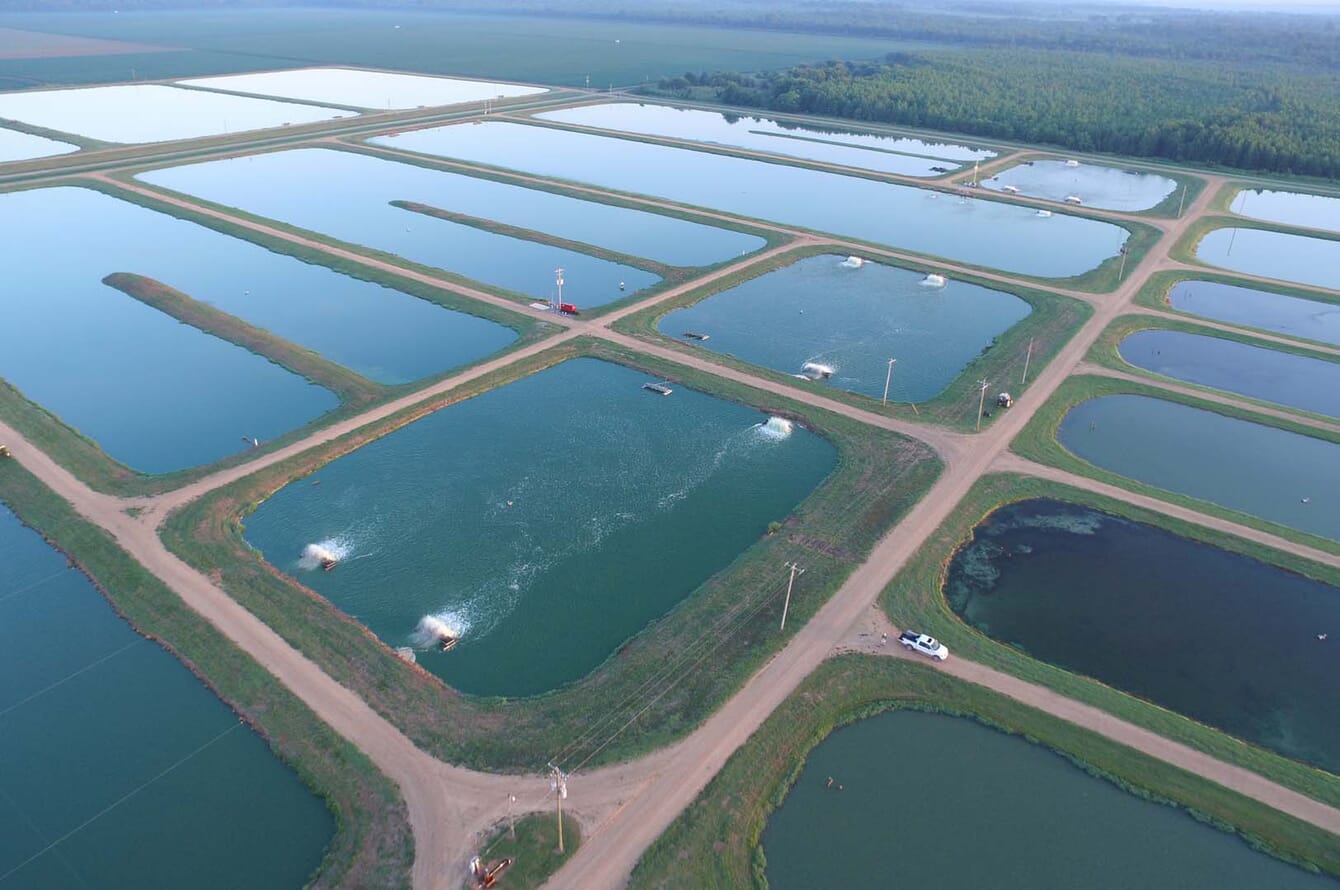
Even in states like Mississippi and Hawaii with well-established aquaculture industries, Hegde and grant partners agree that existing studies have not accurately reflected the economic realities and nuances of the regions © Mississippi Agriculture and Forestry Experiment Station
The funding will be directed to institutions across the country, including Texas A&M AgriLife Research, and aims to address critical economic and marketing gaps in the sector.
Compared to other regions of the world, US aquaculture production volumes are quite low, said Dr Shraddha Hegde, assistant professor in the College of Agriculture and Life Sciences Department of Rangeland, Wildlife and Fisheries Management and project co-principal investigator.
Despite the US’s abundant natural resources and coastlines, Hegde said domestic growth in the aquaculture industry has been slow. This lack of development is due in part to the difficulties of establishing an aquaculture operation and competition from imported seafood products.
“The challenges faced by US aquaculture, from regulatory complexity and stringency to rising input costs, create a complex economic reality for producers,” said Jonathan van Senten, seafood economist at the Virginia Seafood Agricultural Research and Extension Center, assistant professor in the Department of Agricultural and Applied Economics at Virginia Tech, and principal investigator for the project.
Over the next two years, the team will establish the Aquaculture Economics and Markets Collaborative, which will provide producers and stakeholders with comprehensive economic and market research. This updated information will bolster data collected from previous NOAA Sea Grant-funded initiatives to capture the latest economic contributions of US aquaculture.
Hegde said tools such as retail scanner data will allow the team to capture nuances of aquaculture product prices, distribution and promotion. In turn, researchers will be able to provide stakeholders with updated business planning tools encompassing greater coverage of more aquaculture species, regions and production systems throughout the US, including the Pacific Islands.
“This collaborative effort will build a strong network of information sharing between different universities,” Hegde said. “That allows us to generate a much broader view of the US aquaculture industry while also providing producers with key information and resources.”
In addition to market research, the project will provide producer training through workshops across the US. Additionally, videos and training materials will be made publicly available in both English and Spanish via an economics and marketing portal on the Sea Grant Aquaculture Information Exchange managed by Virginia Sea Grant.
Even in states like Mississippi and Hawaii with well-established aquaculture industries, Hegde and grant partners agree that existing studies have not accurately reflected the economic realities and nuances of the regions.
They believe this partnership connecting researchers, industry leaders and extension services across the US is a key step in addressing this issue.
“Our goal is to provide much-needed economic information and resources to advance our domestic aquaculture industry as a sustainable, profitable and high-quality food system supporting both consumers and producers,” she said.


